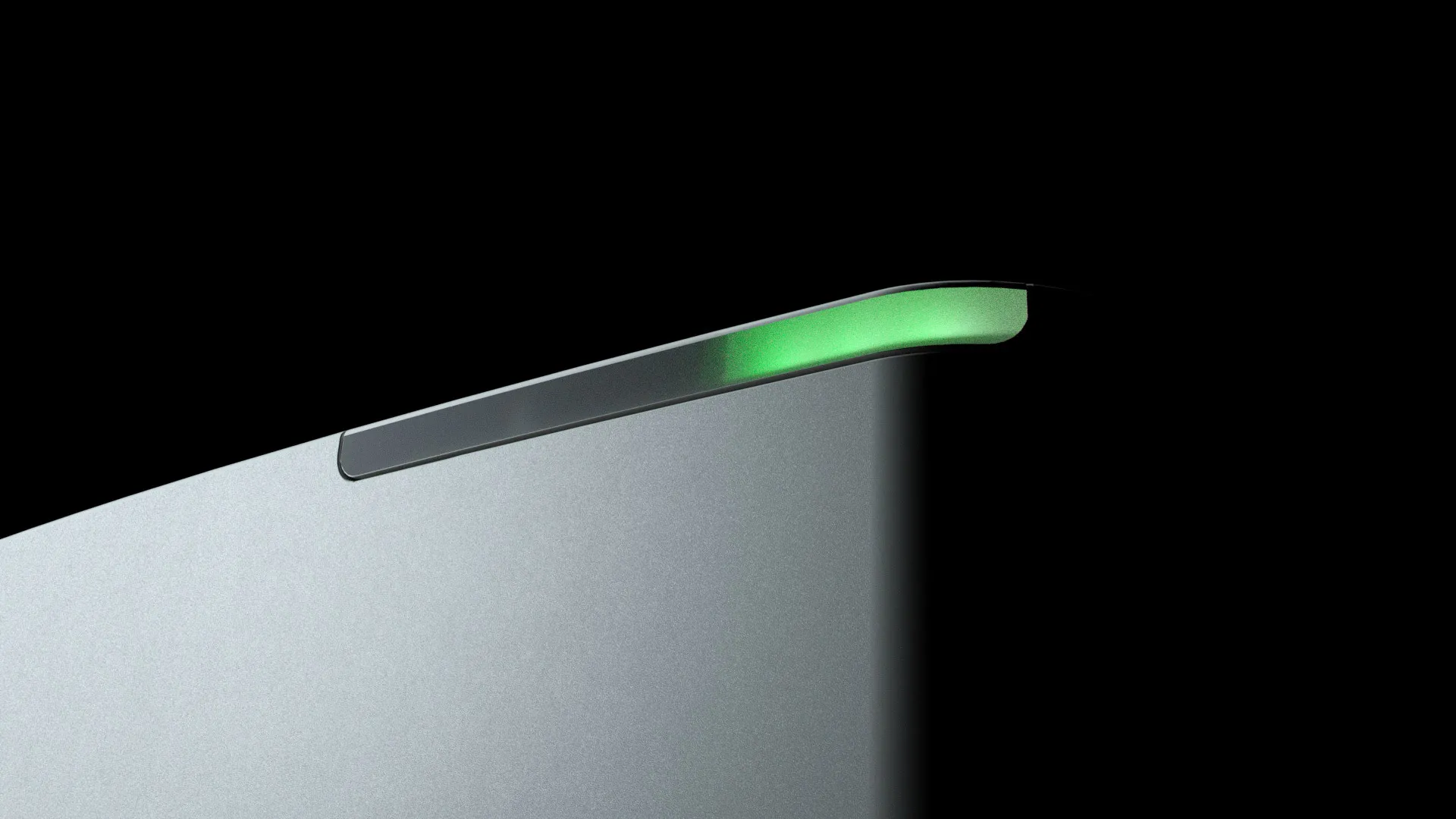
AAV Characterization and Analysis with MMS
What Are AAVs and Their Role in Gene Therapy?
AAVs are non-pathogenic versions of the adeno-associated virus that are re-packaged with genetic material to use for gene therapy. AAVs are proteinaceous capsids that are made up of 3 different proteins called viral protein 1, 2, and 3. The ratio of viral proteins defines the capsid serotype and the tissue that it will target. A typical AAV is about 25 nm and holds about 5 kb of single-stranded DNA.
Challenges in Characterizing AAVs
Some of the difficulties in characterizing AAVs include the size of the three- part viral protein complex and the variability of the payload composition (full, empty and/or partial).
AAV Analysis with Microfluidic Modulation Spectroscopy (MMS)
Microfluidic Modulation Spectroscopy (MMS) is useful in analyzing AAVs because it provides a direct measurement of both proteins and nucleic acids, enabling the simultaneous characterization of the capsid and payload. This can be applied to determining empty-full ratios, one of the key measurements in AAV quantitation. Utilizing the protein structure capabilities, the Aurora TX can also be used to determine the structure and stability of the capsid under manufacturing stress conditions. Lastly, addressing the limited source material, MMS is a non-destructive technique, allowing recovery of the samples and providing the ability for the samples to be recovered and analyzed with orthogonal biophysical techniques.
Related Resources

